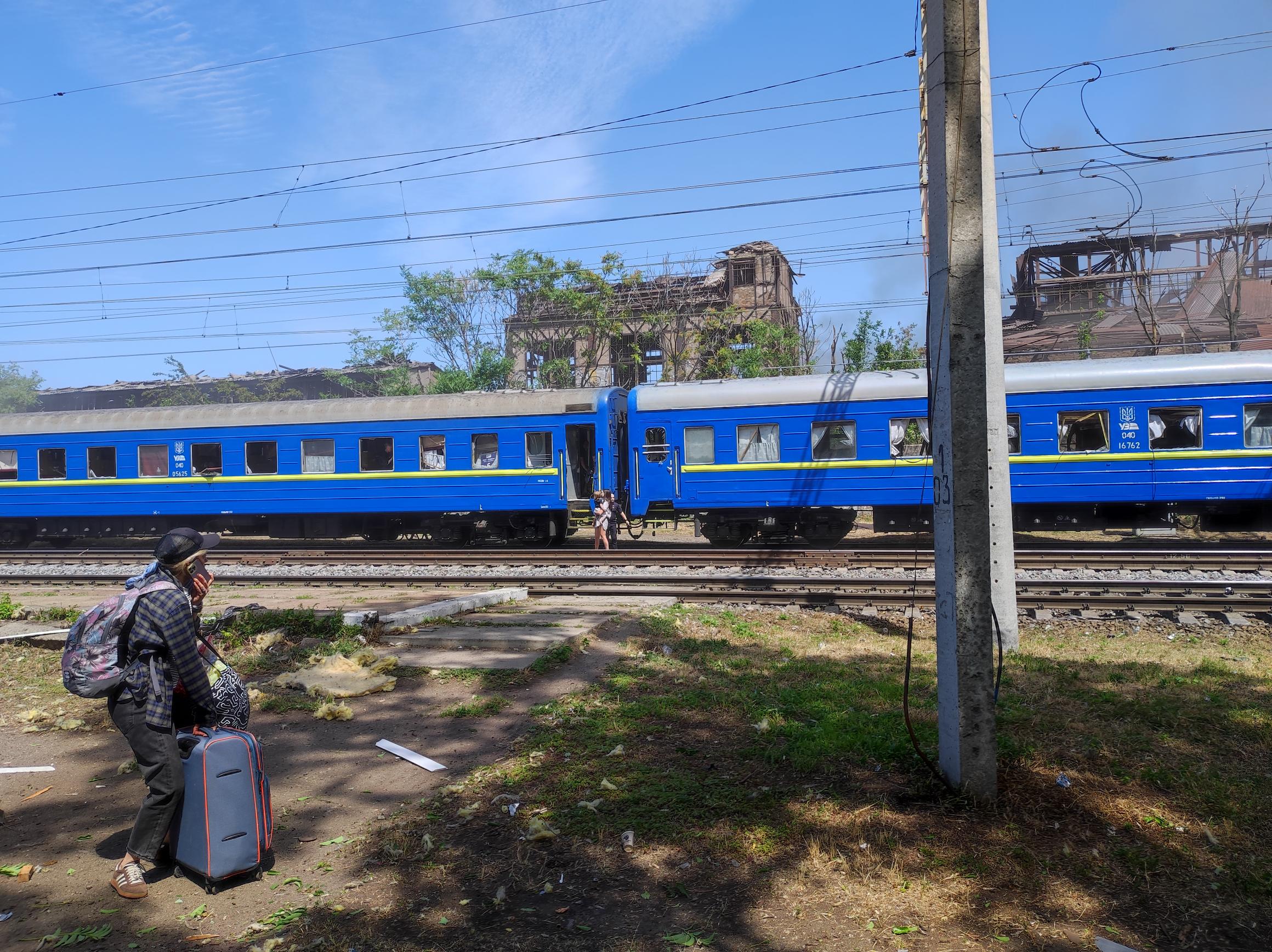Kyiv, 25 June 2025 – The latest wave of ballistic missile attacks in Ukraine has reportedly killed at least 24 people and injured more than 300 others, including dozens of children, in strikes in Dnipro and Odesa regions over the past two days. Site visits conducted by the UN Human Rights Monitoring Mission in Ukraine (HRMMU) to the impacted locations confirm that the attacks destroyed homes, businesses, and schools, and caused extensive damage to civilian infrastructure.
On 23 June, ballistic missiles launched by Russian armed forces struck a school in Bilhorod-Dnistrovskyi, Odesa region. The following day, additional strikes targeted Dnipro city and the nearby city of Samar. In total, local authorities reported that at least 24 people had been killed and 328 injured, including 32 children, in the three cities.
“The attacks struck during the day when civilians were at work, on trains, or at school,” said Danielle Bell, head of HRMMU. “The timing alone made the high number of civilian casualties entirely foreseeable.”
Teams from HRMMU visited the attacked sites in Bilhorod-Dnistrovskyi and Dnipro city on 24 and 25 June.
In Bilhorod-Dnistrovskyi, two ballistic missiles struck Lyceum no.1, a middle school, at approximately 14:30 on 23 June. The attack killed three school employees and injured another 12 employees, as well as two boys.Although the school year had concluded, staff and some children were present at the school at the time of the attack to complete administrative tasks. The school, which served over 700 children, suffered critical damage. HRMMU observed no indications of military presence at the site and people confirmed that no military presence had been stationed there.
“The school in Bilhorod-Dnistrovskyi was not a military objective” Bell noted. “Yet it was hit by two ballistic missiles, killing educators and injuring children.”
In Dnipro city, missiles struck an industrial area shortly after 11:00 on 24 June. HRMMU confirmed that the blast wave shattered windows in buildings, including schools and hospitals, across a large radius. Many people were, for example, injured in two nearby dormitories. Additional civilians were injured when the blast wave impacted a nearby passenger train. An HRMMU staffmember travelling on the train reported that the blast from the impact blew out many of the train’s windows and that more than 20 passengers were injured.
As of 25 June, local authorities in Dnipro city had reported that the attack had killed 19 people and injured 300, including 30 children. HRMMU is still working to verify the number and status of the casualties in Dnipro as well as further details regarding the attack in Samar, which reportedly killed two people and injured 14.
HRMMU noted that the attacks in all three cities occurred during the day, which contributed to the high casualty number.
These attacks follow a series of other attacks in June that have resulted in significant civilian harm, including in Kyiv city on 17 and 23 June. The number of civilian casualties for the first five months in 2025 was nearly 50 per cent higher than in the same period in 2024.
In both 2023 and 2024, civilian casualty numbers increased significantly over the summer months.
“Ballistic missiles, when used in densely populated areas, cause predictable and widespread harm to civilians, as demonstrated by these recent attacks,” said Bell. “The rising civilian casualties reflect the severity of that risk.”

